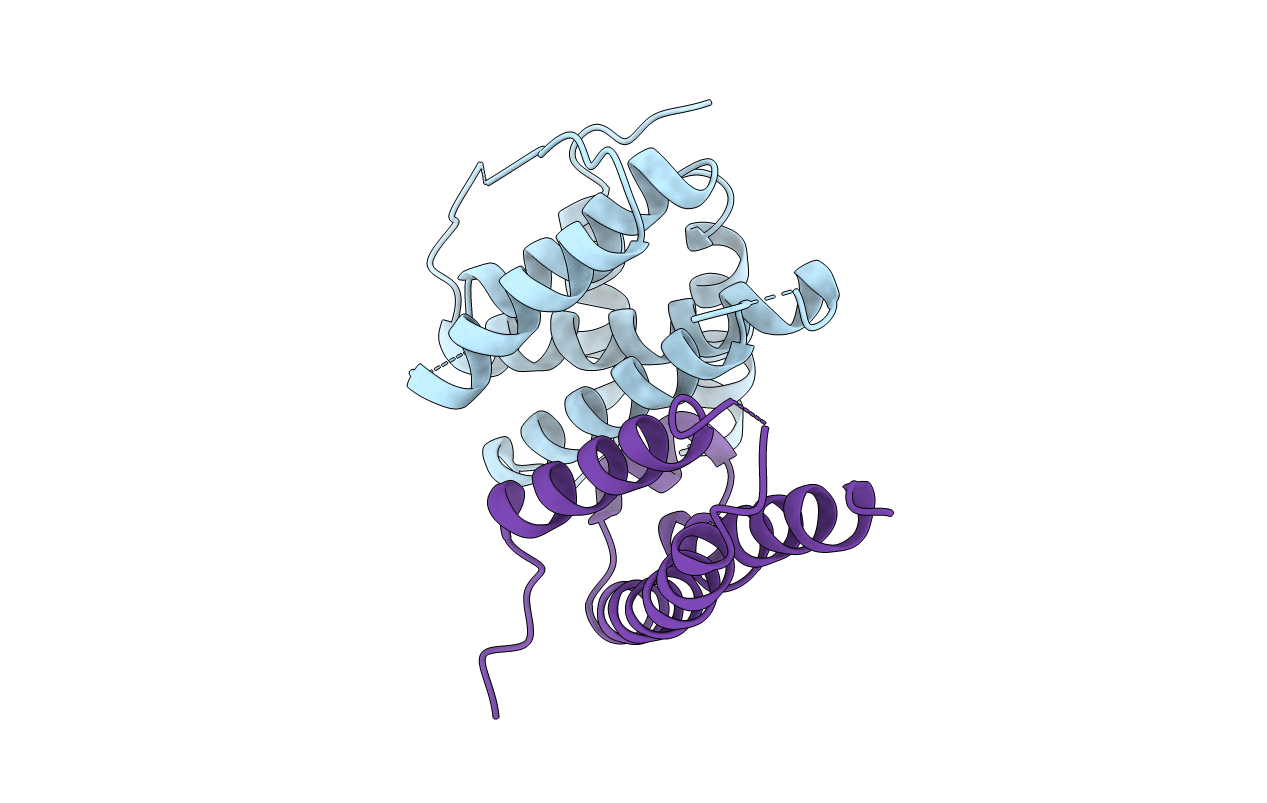
Deposition Date
2018-07-20
Release Date
2019-08-28
Last Version Date
2024-01-17
Entry Detail
PDB ID:
6H4B
Keywords:
Title:
A polyamorous repressor: deciphering the evolutionary strategy used by the phage-inducible chromosomal islands to spread in nature.
Biological Source:
Source Organism:
Staphylococcus virus 69 (Taxon ID: 320834)
Staphylococcus aureus (Taxon ID: 1280)
Staphylococcus aureus (Taxon ID: 1280)
Host Organism:
Method Details:
Experimental Method:
Resolution:
2.90 Å
R-Value Free:
0.30
R-Value Work:
0.25
R-Value Observed:
0.25
Space Group:
I 2 3


